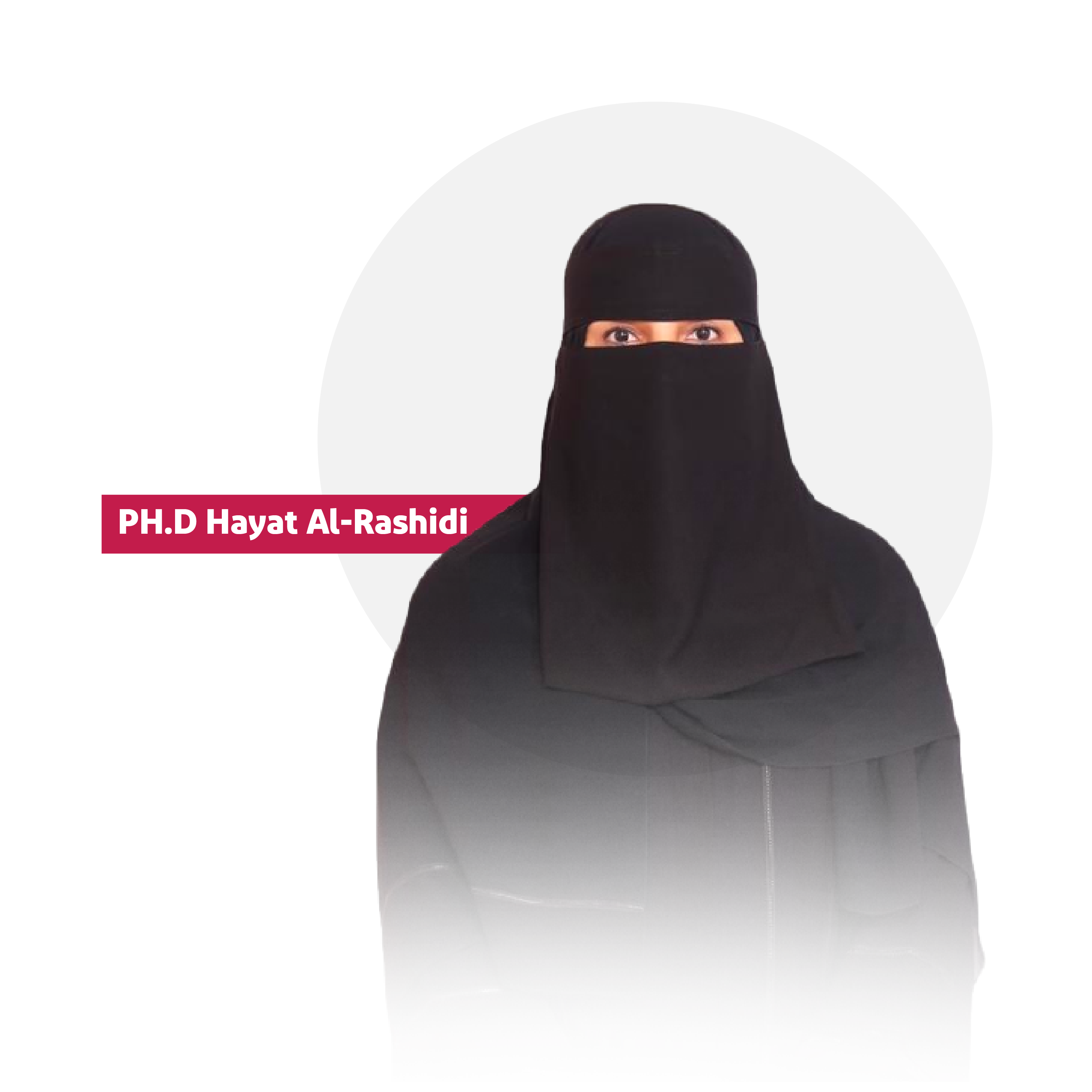
Era's dragon
“The Persian Shahnameh”
Starting from Ardashir Babakan to its end, the Shahnameh deals with the history of the Sassanid dynasty. Although this part includes myths and strange stories, it is also full of preaching, advice, wisdom and moral commandments in the Persian manner, and it contains myths that make its events similar to the myth of the dragon.
Its myths focus on aspects of emotion such as pain and tragedy. Due to the long period of time for its composition and the presence of more than one poet and writer, the method of presentation varies. Some of them, such as Al-Ferdowsi, tried to follow the old methods of mentioning the supernatural and imaginary characters that are not consistent with the historical events that took place between the Persians and the Arabs, and tried also to follow the bad plot method that exposes the persecution of the Islamic religion by the Persian thought, as the Persians considered Islam an advantage for the Arabs that granted them victory over the Persians, the ones with bloody glories and superheroes.
It contains news about the kings of Persia, their battles, their history, their opulence, their hunting trips, and their politics. It narrates this in a poetic style and eloquence unparalleled in the Persian literature, starting from the history of the Iranian people from the beginning of creation until the collapse of the Persian Empire by the Arabs in the seventh century AD.
The Shahnameh is the nourishment of the Persians on which they raise their generations and it depends on the culture of hatred for the Arabs. This is because, over long periods of time, they were raised on the idea of planning the project of revenge against that Arab who destroyed the throne of Khosrau and destroyed the pride and glory of the Persians.
For the Iranians in particular or the Persians in general, Khosrau is not only an emperor, but a great historical symbol of the Persian glory and grandeur that grew with the complex of arrogance and superiority over the Arabs in particular.
The Persian arrogance appears in the depiction of the Arab, his behavior and his desert composition in a way that shows inequality in all aspects, not to mention the method of presentation that delivers messages by declaring or hinting about raising future generations that inherited hatred, enmity and revenge for a throne that had collapsed and will not be as they wish.
Despite all the epics contained in the Shahnameh, Al-Ferdowsi showed, intentionally or unintentionally, that the history of the Persians and the sources of racism among the Shiites and the Magians are the same, and that populism permeates them against the Arabs, and it means: the movement of those who believe that the Arabs are not superior to others.
In April 2005, the Iranian Mehr News Agency reported that the Minister of Culture and Islamic Guidance, Muhammad Hussein Saffar Harandi, said at a ceremony held to study Al-Ferdowsi’s works: The attitude of the Islamic regime in Iran towards Al-Ferdowsi, who is hostile to Islam despite his pretense of belonging to it, was summed up in the fact that insulting Al-Ferdowsi is a prelude to the abuse and aggression against Iran.
The minister said: To confront the enemies, the Iranian people should have enthusiasm like Al-Ferdowsi.
According to what has been presented, I think it has become clear to the reader who are the enemies in the view of that regime!

